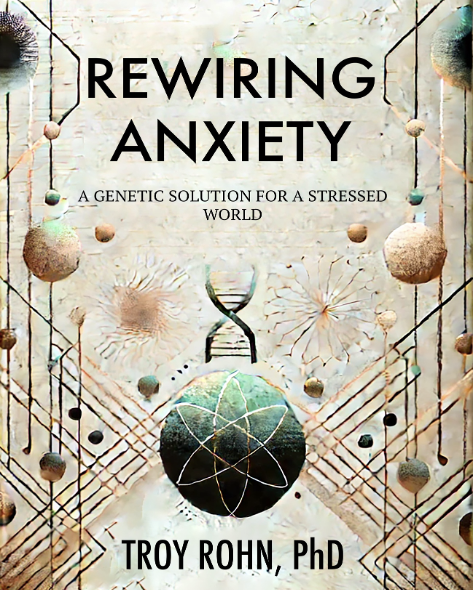Episode #6 - Rewriting the Blueprint: How CRISPR Offers New Hope for Anxiety
In this episode of Science & Self: Navigating Anxiety with Gene Therapy, we delve into the transformative potential of CRISPR technology for anxiety treatment. By precisely targeting and editing genes associated with stress and fear responses, CRISPR offers a groundbreaking approach to addressing anxiety at its biological roots. This episode unpacks the science behind gene editing and how it could pave the way for long-lasting relief and a new era in mental health care.
The CRISPR system has two key components that work together
for gene editing. The guide RNA acts like a set of GPS
coordinates, directing the Cas9 protein to the precise location in
the DNA that needs to be altered. Once at the target, the Cas9
protein functions as molecular scissors, cutting both DNA strands
of the helix to enable the desired changes.
Illustration depicts two methods by which cells can mend double-stranded breaks
(DSBs), following cleavage by CRISPR/Cas9. On the left is Non-homologous end
joining (NHEJ), a faster but less accurate technique than HDR. It links the damaged
DNA ends without requiring a template, often resulting in unintentional insertions or
deletions. NHEJ is the repair system that neurons rely on. The right side depicts
Homology Directed Repair (HDR), which utilizes a complementary piece of DNA (donor
DNA) to mend the break precisely. However, the cellular machinery for this is only
present in dividing cells.


